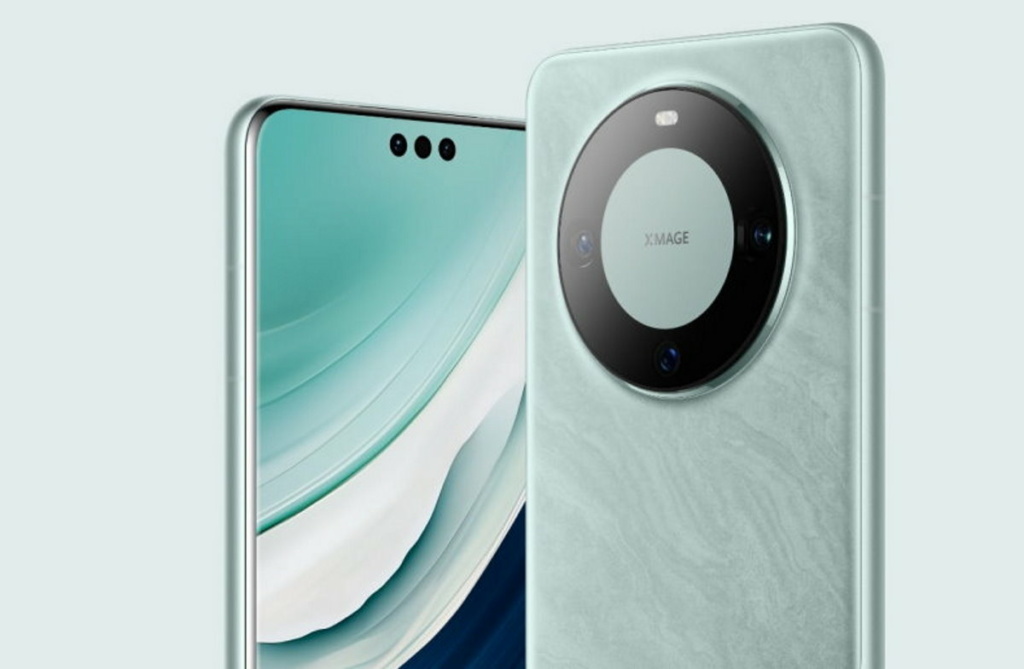
2023, the year China hit back
Notwithstanding a low-key launch, the Huawei Mate 60 Pro caused quite a stir: despite years of crippling sanctions, China’s national champion built a 5G smartphone. Even if it didn’t challenge the latest iPhone or flagship Samsung model, it sure was a lot better than what many expected from a company in such circumstances.
Partly, that was the result of misplaced expectations. Even if the US started to restrict the export of sub-14nm manufacturing equipment, Chinese companies have had several years of access to those tools – with the exception of EUV scanners. In other words, the ability to manufacture a type of chip that debuted in 2018 shouldn’t have come as a surprise. In fact, there’s probably more to come: former TSMC top lithographer Burn Lin has said to expect a 5nm successor to the 7nm Kirin 9000S powering the Mate 60 Pro.
Even if the process technology was half a decade old, Huawei’s design partially made up for that. Benchmarking website Nanoreview put the Kirin 9000S head to head with Qualcomm’s Snapdragon 888, which was launched in 2020, and concluded it can hold its ground. Market researcher Semianalysis described the 9000S as “technically incredible” and said it would have been “near the front of the pack in 2021.”
Detailed analysis of the Mate 60 Pro by Techinsights also revealed “significant Chinese progress” in other areas. RF components typically supplied by Western chip companies such as Skyworks and Qorvo have been replaced by domestically sourced equivalents, for example. Bloomberg News uncovered state-backed efforts to build a comprehensive chip supply chain around Huawei, including equipment makers and materials manufacturers.
Grand vision
And so a single smartphone launch has shifted the optics of the geopolitical battle between the US and China. If it seemed initially like China was taking the punches lying down, the Middle Kingdom has shown it can fight back. Many observers and executives will feel vindicated having pointed out that trying to isolate China will only force it to double down on innovation.
“There are 1.4 billion Chinese, many of them smart. They come up with solutions that we haven’t yet thought of. You force them to become very innovative,” ASML CEO Peter Wennink warned in September. “We’ve removed choice. Before, Chinese companies could choose between national resiliency and commercial motivations, and now they don’t have that choice,” Emily Kilcrease, a senior fellow at the Center for a New American Security told the New York Times.
The ball is now in the court of the US again. Beijing is famously patient, but Washington isn’t rushing anything either. Although the sanctions may have been exposed as ineffective, Commerce Secretary Gina Raimondo recently mentioned a timeline of five or six years for realizing “a lot of” the grand vision to decouple from China.
Ultimately, as time passes and technology moves along the roadmap, the US should be able to deny China access to leading-edge semiconductor nodes, at least in the short to medium term. By now, however, it’s abundantly clear that Chinese companies will be able to create good products no matter what.
Main image credit: Huawei





